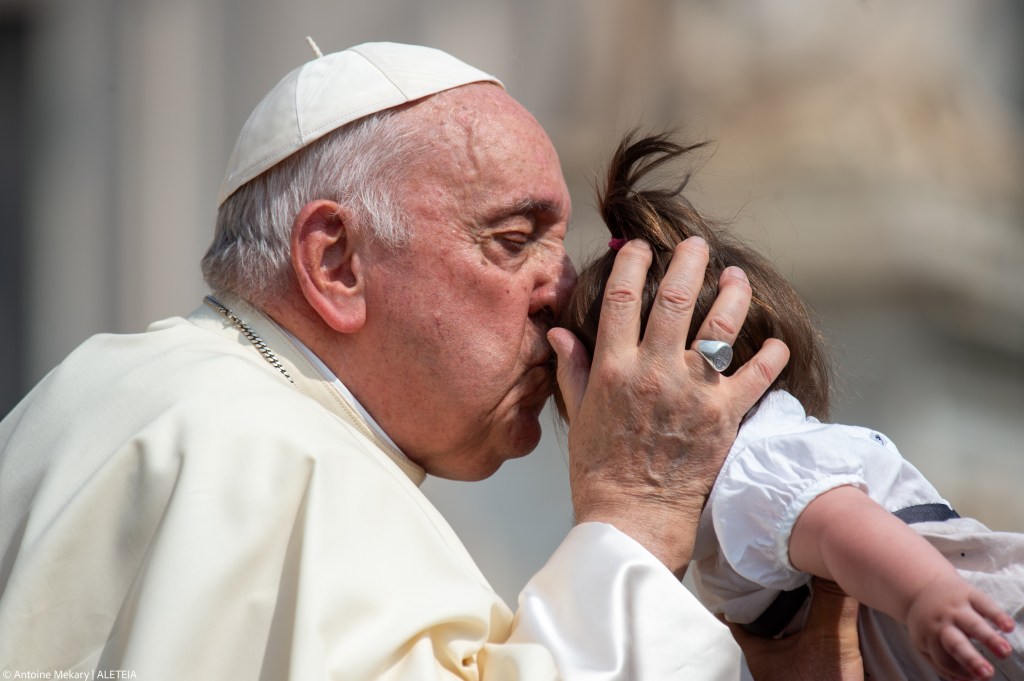Pope Francis took up this June 28 his general audience series on sharing the Gospel, after a break for his surgery and recovery. This will be the only audience until after World Youth Day, as there will be a customary break for July.
In fact, today, he invited the faithful to “have a bit of patience with this heat — and thank you for coming, with this heat, with this sun: Thank you very much for your visit.”
He then turned his attention to Australia’s first — and so far, only — canonized saint, Mary MacKillop (1842-1909).
Here are five elements of her life that he highlighted:
~
Like Mary Magdalene, who first encountered the risen Jesus and was sent by him to bring the proclamation to the disciples, Mary was convinced that she too was sent to spread the Good News and attract others to an encounter with the living God.
Wisely reading the signs of the times, she understood that for her, the best way to do so was through the education of the young, in the knowledge that Catholic education is a form of evangelization. It is a great form of evangelization. In this way, if we can say that “Each saint is a mission, planned by the Father to reflect and embody, at a specific moment in history, a certain aspect of the Gospel” (Apostolic Exhortation Gaudete et Exsultate, 19) then Mary McKillop was especially so through the founding of schools.
[T]he poor and marginalized are protagonists, and a person cannot advance in holiness if he or she is not dedicated to them too, in one way or another. They are the presence of the Lord, those who are in need of the Lord’s help. Once I read a phrase that struck me; it said: “The protagonist of History is the beggar. They are the ones who draw attention to this great injustice, which is the great poverty in the world.” Money is spent on manufacturing weapons, not providing meals. And do not forget: There is no holiness if in one way or another there is no care for the poor, the needy, those who are somewhat on the margins of society.
Mary had great faith in God’s Providence: She was always confident that in any situation God provides. But this did not spare her from the anxieties and difficulties arising from her apostolate, and Mary had good reason for this: She had to pay bills, negotiate with local bishops and priests, manage the schools and look after the professional and spiritual formation of her Sisters; and, later, she suffered health problems. Yet, through it all, she remained calm, patiently carrying the cross that is an integral part of the mission.
On one occasion, on the Feast of the Exaltation of the Cross, Mary said to one of her Sisters: “My daughter, for many years I have learned to love the Cross.” For many years I have learned to love the Cross. She did not give up in times of trial and darkness, when her joy was dampened by opposition or rejection. Look at this: All the saints faced opposition, even within the Church. This is curious. And she faced it too. She remained convinced that even when the Lord gave her “the bread of adversity and the water of affliction” (Is 30:20), the Lord Himself would soon answer her cry and surround her with His grace. This is the secret of apostolic zea: the continual relationship with the Lord.






